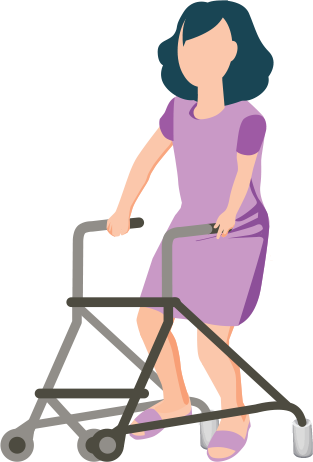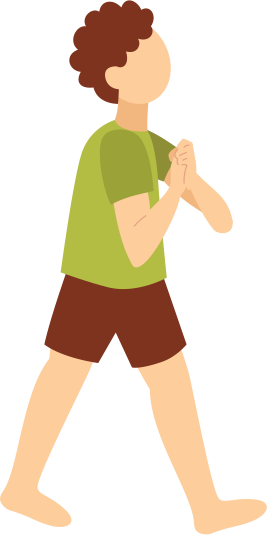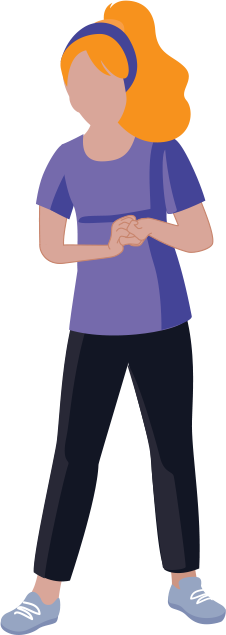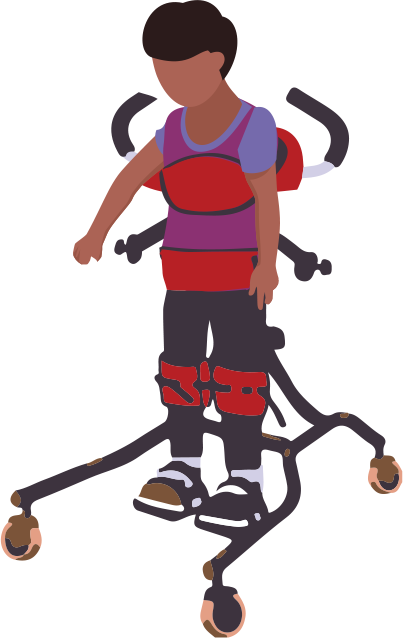What is physical activity?

Physical activity is movement of the body using the skeletal muscles. This includes any sorts of movements, including those made when walking from one point to another, or simple movements made during leisure time like standing. Physical activity can be included into the daily schedule in many ways, ranging from including extra movements when completing daily household tasks, playing games or sports

What is uptime?
Uptime is time spent in activities that involve standing and walking.

Why is physical activity important?

Anyone who engages in physical activity, regardless of how much they do, can achieve mental, physical and social health benefits, resulting in benefits to their quality of life. Considering one’s own capacity, activity should be included into everyone’s daily routine to make sure these recommended levels of activity are being as closely met as possible, for everyone to secure the most benefits.

Participation in physical activity does not need to meet the recommended guidelines to bring positive health benefits, even those who live a very sedentary lifestyle can see improvements to their health when they included even little amounts of activity. Since not everyone can start out at the same level, by doing little amounts of physical activity and slowly increasing the amount over time, overtime these effects can bring benefits, and work to help prevent and manage health much better.
Some benefits of regular physical activity are:
- Fitness: increased balance, flexibility, muscle strength, cardiovascular fitness
- Mental health: happier, less stressed, less anxious, better mood
- Physical health: stronger bones, better management of constipation, better lung health
- Social wellbeing: more confidence and social interactions with family and friends